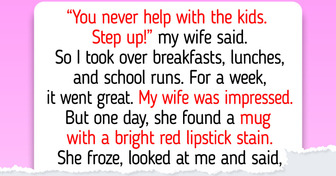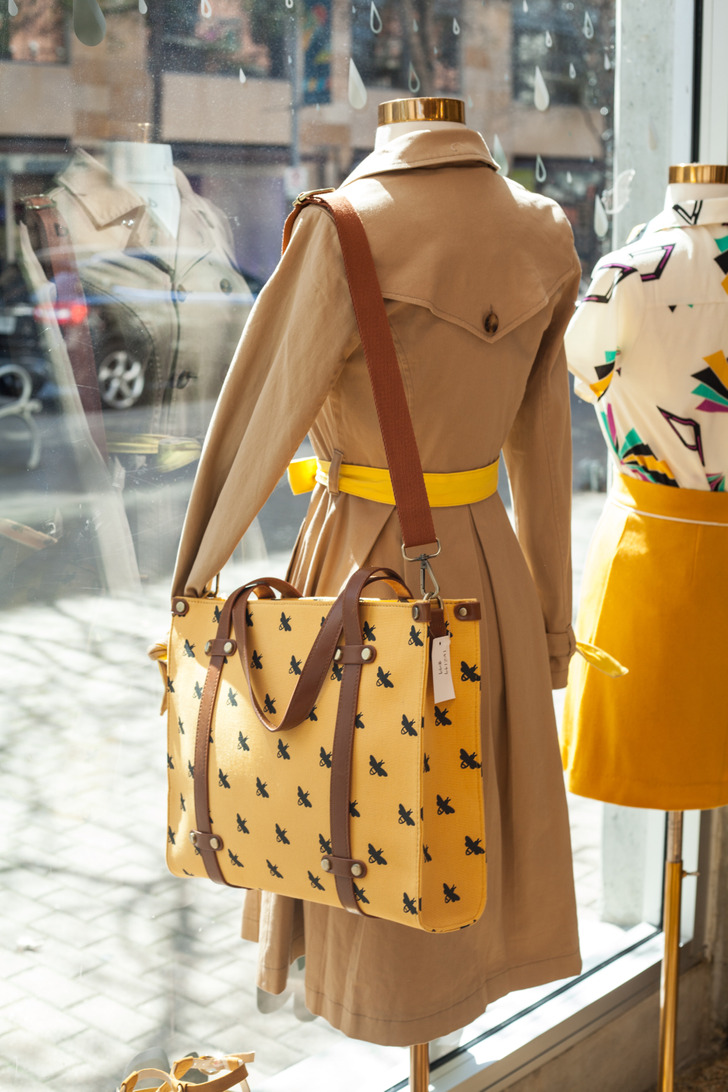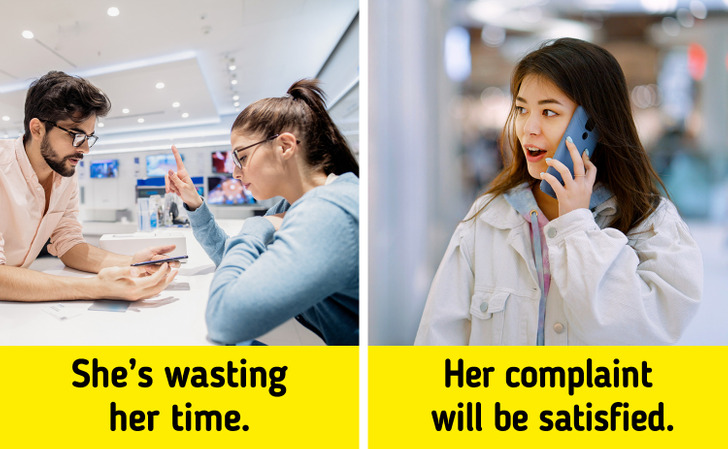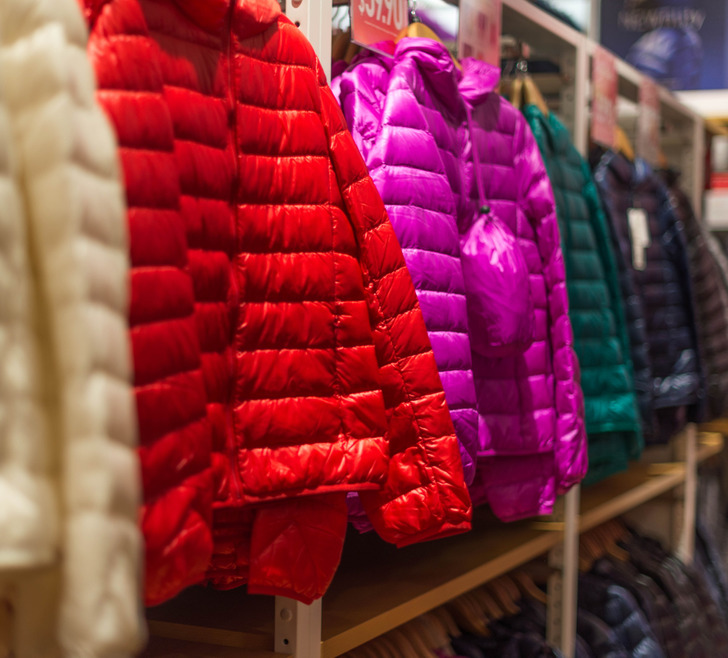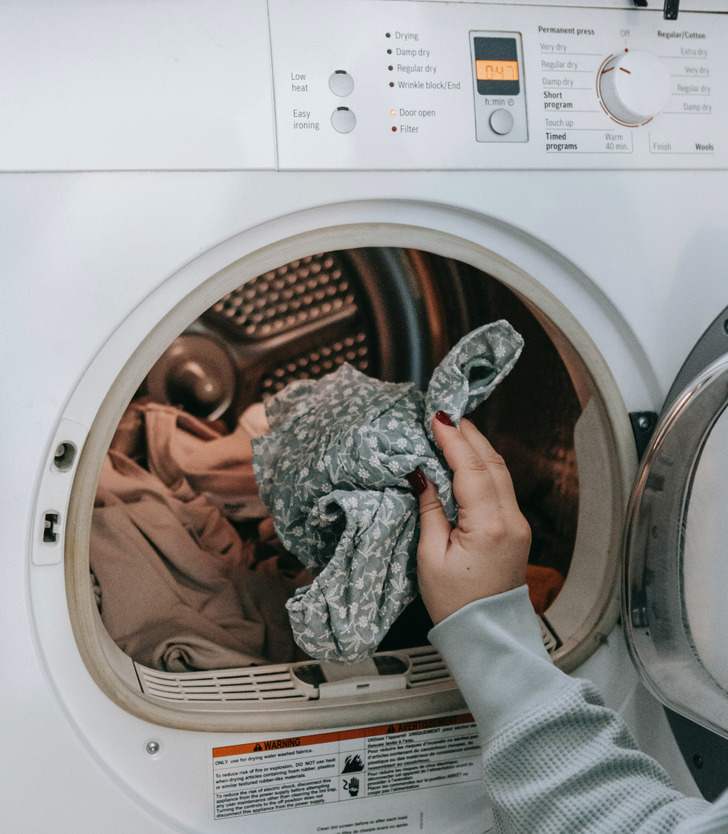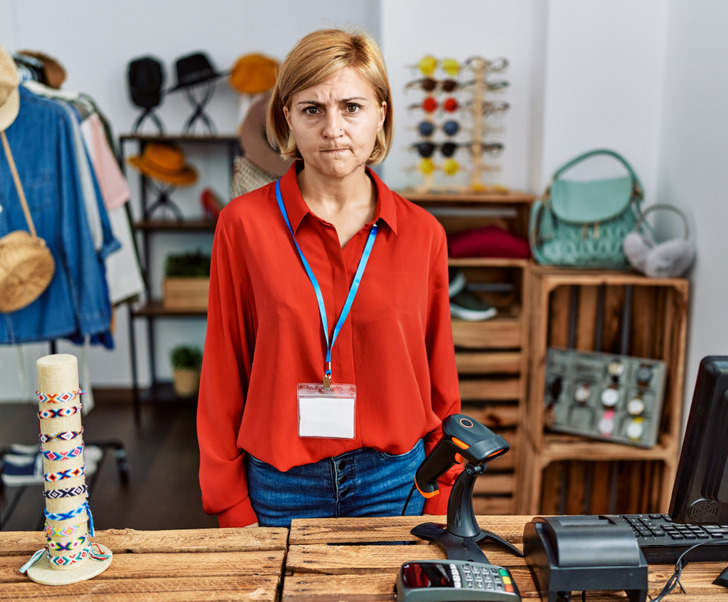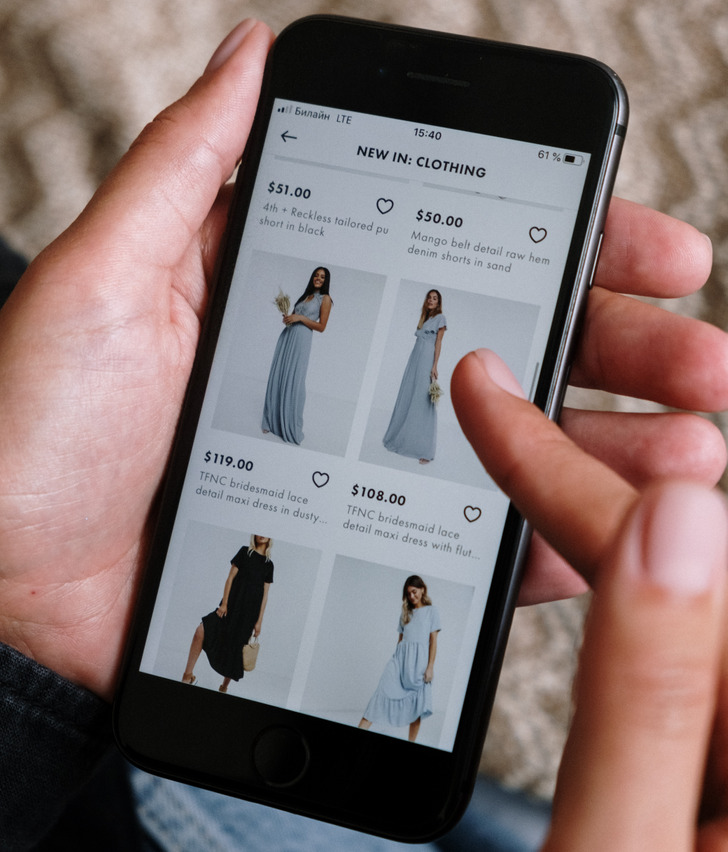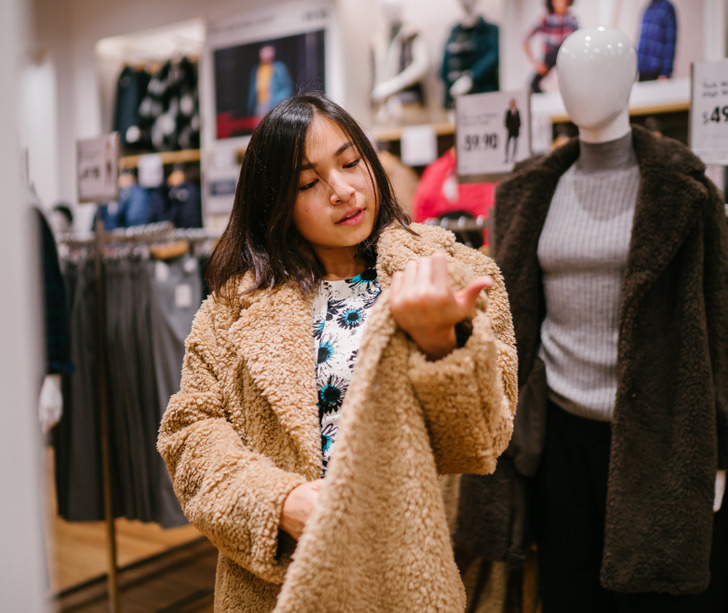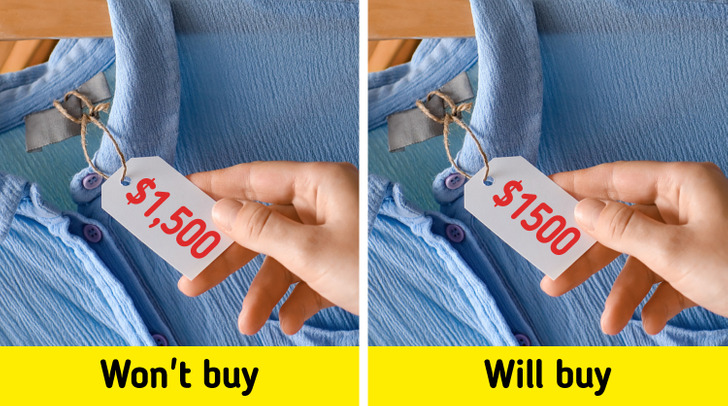huh
12 Marketing Tricks That Retail Stores Use to Make Us Buy More
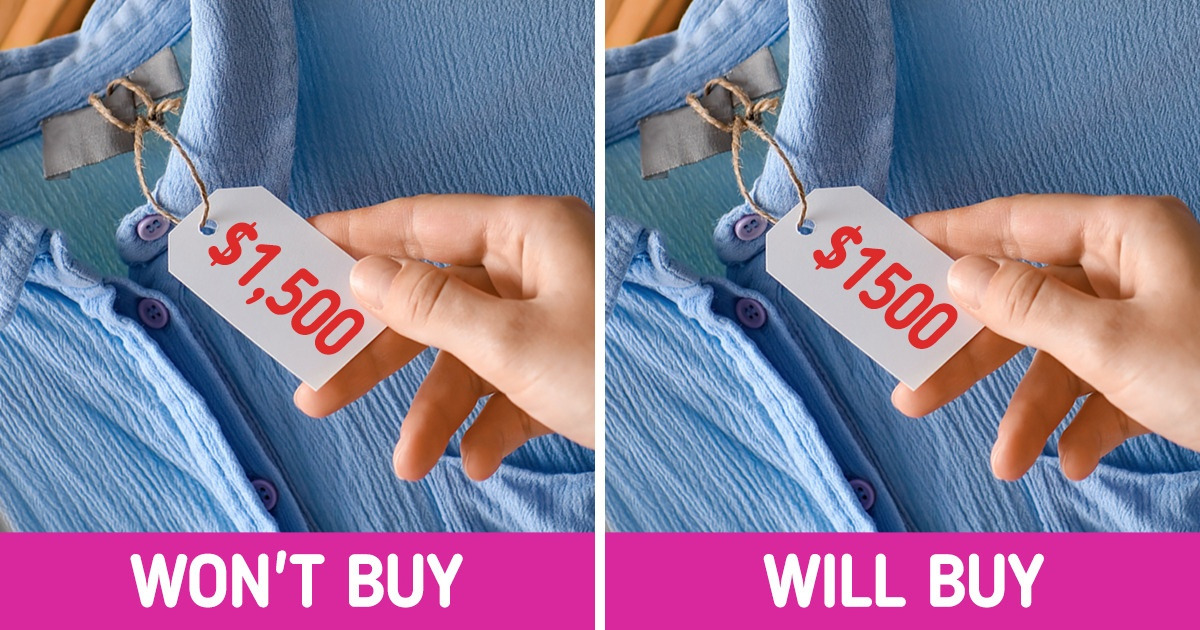
Retail employees possess certain skills that can make customers spend more money in a store without even realizing it. But these tricks stop working as soon as shoppers learn them. So, we would like to tell you about some marketing tricks that retail stores often use, and it’s worth keeping them in mind when you go shopping next time.
Clearance sections are messy for a reason.
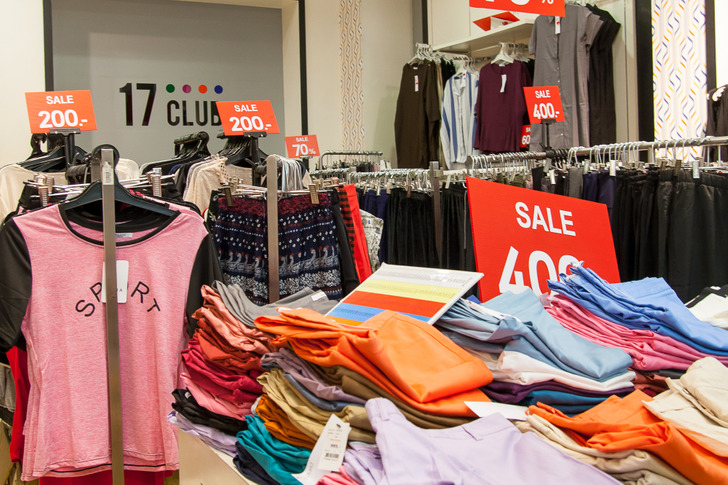
Sales assistants leave the clearance area messy for a reason. This way, customers will want to return to the neat and organized displays of new collections which items are more expensive, of course.
You’re unlikely to find clothing by famous brands in outlet stores.
In theory, outlet stores seem to be a great invention because it’s believed that you can find merchandise by famous brands at a discounted price there. Unfortunately, this is not exactly the way it happens. In most cases, outlet stores operate as their own separate brands. Usually, they sell merchandise that was specifically produced for them, and this means that it’s already quite cheap.
So, the crossed-out prices on tags are just a marketing trick because clothes on the racks of outlet stores are often of lesser quality.
It’s best to call customer service instead of complaining to a store manager.
A store manager doesn’t always have enough authority to fulfill some of your requests. If you have problems in a big chain store, it’s best to call customer service. Their representative will listen to your complaints and give the store manager permission to let you return the item if it’s damaged, for example.
In the majority of cases, companies adhere to the rule that the customer is always right. So, you’re more likely to get your complaint satisfied if you call customer service.
Boutique stores have high markups.
The real price of most clothing items sold in these stores is much lower. Markups can range up to as much as 350% for clothing, particularly jeans, and even 500% for shoes. And markups in boutique stores located in high-traffic areas are usually much higher than those in chain retailers.
It’s best to wash new clothing items before wearing them.
Retail employees admit that storage conditions in stores are far from ideal. Before finding their place on racks, clothing items can be stored on shelves or in boxes. After that, different people will have tried them on, and clothes may fall on a dirty or wet floor. Retail sales consultants recommend always washing your newly purchased items before wearing them.
The same rule applies to purchases in thrift stores. Their employees honestly say that they don’t wash clothing before putting it out on the sales floor because it would be too expensive to do so.
Sales assistants are required to upsell by their management.
You don’t have to feel bad about sales assistants who are pushing other products apart from those you’ve already chosen. The fact is that this is their job responsibility, and if they don’t do this, they will get a bad write-up.
Sometimes, sales assistants have to recommend certain goods. This is why, when you hear the words, “It looks great on you!” from a sales assistant, you should think twice about whether you really need this item.
Snobby sales assistants may urge you to buy more.
According to a study, customers are more likely to make a purchase if they’re assisted by a snobby salesperson. However, this is only true for luxury retail stores.
When visiting these stores, customers are willing to buy something really expensive. And if, “You can’t afford this” is written on the sales assistant’s face, the value of the chosen item increases in the customer’s mind. As a result, they are happy to make the purchase.
You’re unlikely to find items from an online catalog in-store.
Online shopping and offline shopping are 2 different things. Very often, the list of items shown on the company’s website doesn’t correspond to the list available in stores.
So, if you want to save on shipping fees and buy the item you like at a store, you might end up being disappointed because this item will be out of stock.
Stores track your returns.
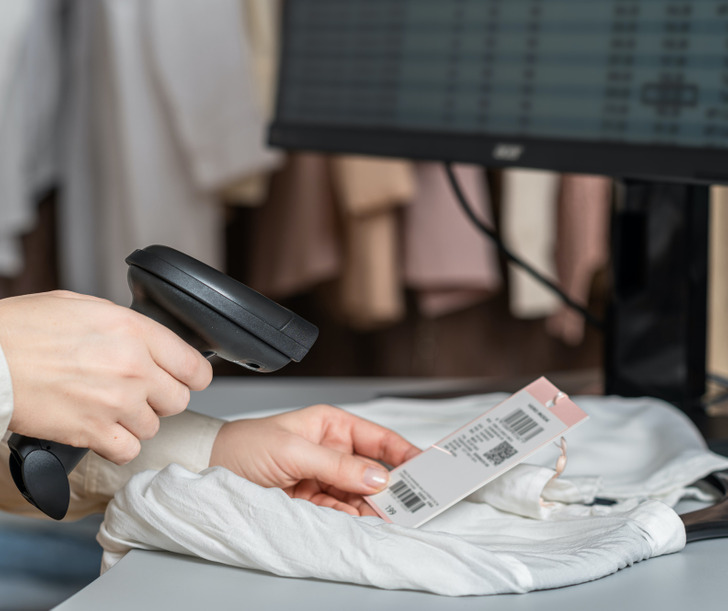
Retail stores track the purchases and returns made by all their customers. If a person returns their purchases too often, they may be banned from the store due to fraudulent activity.
Items displayed on flat tables are more likely to be purchased.
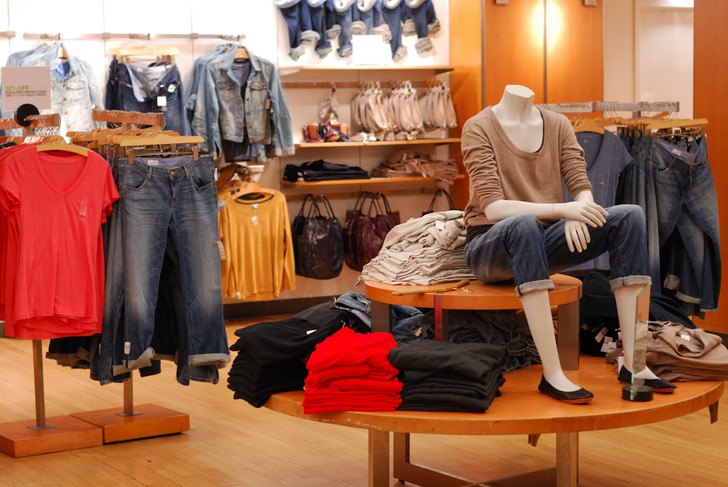
In many stores, clothing and shoes are displayed on flat tables. This is done to allow the customer to put their stuff down and touch an item with both hands. The fact is that touching items is a key factor in making the move from contemplation to purchase. So, unlike items hanging on the racks, those that are placed on tables are more likely to be sold quickly.
You can get a discount on clothes with imperfections.
It’s worth examining an item you want to buy carefully before taking it to the cashier. If there are components that are out of place or tears that shouldn’t be there, it’s a good idea to show them to a sales assistant. Very few people know that you can get a 15–20% discount this way. This can take a few minutes, but you’ll save some money.
The way a price tag looks plays a big role.
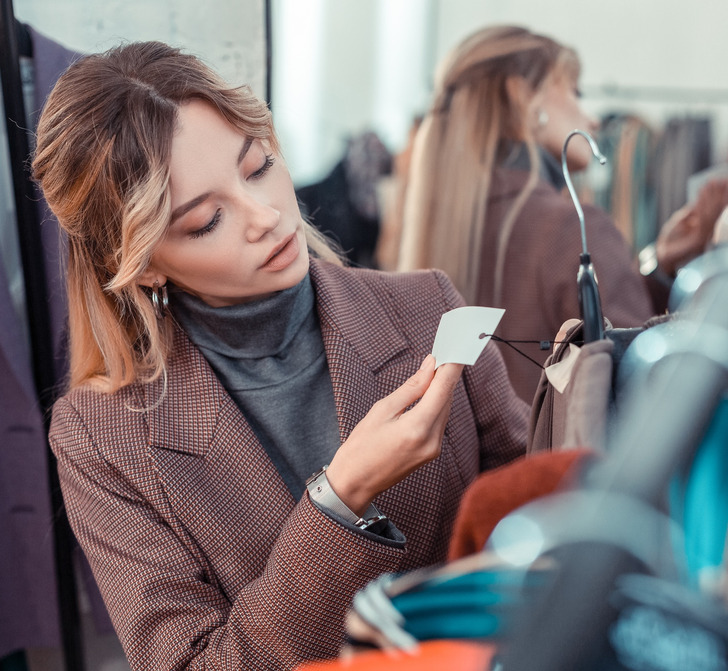
Many factors can influence a customer’s desire to make a purchase, including price tags. Usually, the price of more expensive items is written without a comma as a thousand-separator. This way, the number looks shorter and not so intimidating to a customer from a psychological point of view.
Retail employees who are aware of this trick will write “1500” on a price tag, not “1,500.” The numbers with a comma are considered by customers to be more expensive. So, they are more likely to be put aside than an item that doesn’t have a comma in its price.
Do you know any other marketing tricks that you often see in stores? Tell us about them in the comments below.
Comments
Related Reads
10+ Terrible Designs That Made Us Shiver
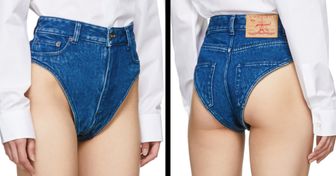
24 People Who Wonder If Their Co-workers Come From Another Planet
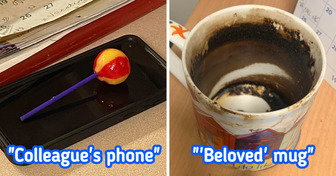
15+ Products That Were Created by People With Intricate Minds
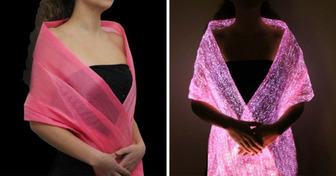
18 Things That People Saw and Won’t Be Able to Forget
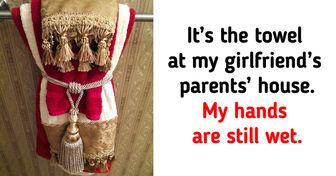
15 Times the End of a Story Was Better Than the Story Itself
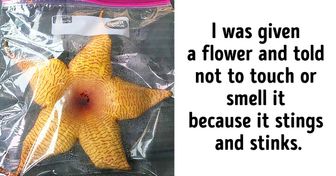
20 People Who Bravely Tried Online Shopping Thinking the “Expectation-Reality” Thing Was Just a Joke
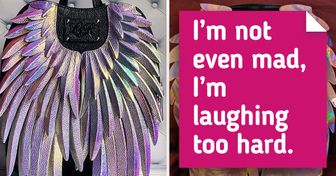
14 Stories That Prove Kindness Can Turn Regular People Into Heroes

I Refuse to Sacrifice My Retirement Dream for My Unemployed Son
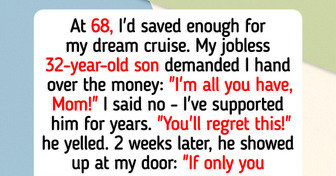
I’m 100% Remote: I Refused My Boss’s New Rule to Work From the Office—HR Got Involved
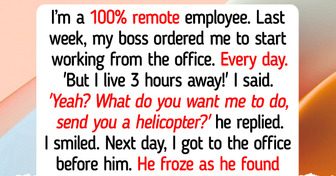
I Refuse to Split My Stepmom’s Inheritance With My Stepsiblings, I’m Not a Charity
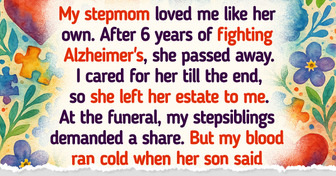
I Refuse to Be Exploited as a Free Babysitter on My Hard-Earned Retirement Cruise
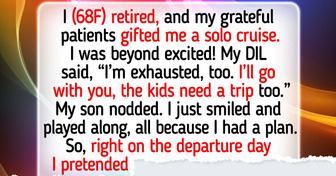
I Tried to Be the Husband My Wife Needed — She Figured Out What I Was Actually Doing
